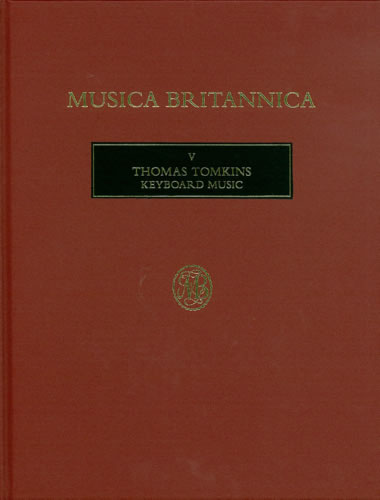I entirely agree with Michael’s assessment of Tomkins’s pavan as “beautiful”.
However … “composed two weeks after the execution of Charles I”? Let’s take a closer look at this frequently made assertion. It is a standard bit of disinformation and is demonstrably incorrect.
The date on the Tomkins piece says “14 February 1649”, yes, but England was still using the Julian calendar, unlike Continental Europe which had switched to the Gregorian calendar (promulgated by Pope Gregory XIII in 1582). Under the old Julian calendar the new year started only on March 25, the Feast of the Annunciation. So in England at that time, Tomkins’s date of “14 February 1649” (in what is sometimes called “Old Style” dating) actually means “14 February 1650” in the modern Gregorian calendar (“New Style”), in other words more than a year after the execution of Charles I.
That execution took place on 30 January 1649, but only according to the modern system of dating – which England was not using then. According to the calendar used in England at that time, Charles I was executed on 30 January 1648. Or, as the most famous Royalist apologist of the early 18th century put it (at a time when England still observed the Julian calendar): “This unparallel’d Murther and Parricide was committed upon the thirtieth of January, in the Year according to the Account used in England, 1648…” (Earl of Clarendon, A History of the Rebellion, vol. III, Oxford, 1704, p. 259).
Protestant England resisted adopting the new papal calendar for various political and religious reasons, until 1752.
So, to come to the real point here, what might the phrase “these distracted times” actually refer to? Not, surely, to the execution of Charles I which happened 13 months earlier. It’s more likely to refer more generally to the Puritan regime itself under Oliver Cromwell (who died in 1653 and was succeeded by his son; the Restoration did not happen until 1660).
The fact that the Puritans were very hostile to elaborate music in general goes a long way to explaining why the period might have been “distracted” enough for Tomkins in his old age to write his “sad pavan” as a piece of private chamber music. It’s also helpful to bear in mind the fate of the superb two-manual Thomas Dallam organ Tomkins had installed in his cathedral in Worcester in 1612, one of the finest instruments in England at the time. It was severely damaged during the English Civil War (1645-49) by Puritan soldiers, no doubt partly because of their inherent antipathy to music but also perhaps because the metal pipes could be melted down to make cannon balls…
Personally, I find it more moving and considerably more convincing to see this wonderful pavan as a commentary on the undeniably “sad” state of Music itself (and especially church music and organ music) in Puritan England, 13 months after the death of Charles I, rather than as some sort of crypto-Royalist manifesto…
Of course, there is also always the other side of the coin. Because of the ban on public performances of elaborate (contrapuntal) music in churches and theatres, chamber music in private was able to thrive, as is seen from the extraordinary repertoire for viol consort at this period (notably by John Jenkins and his colleagues).
But then again, 14 February is Saint Valentine’s Day. Perhaps Tomkins, despite his great age, was distracted in another way!
